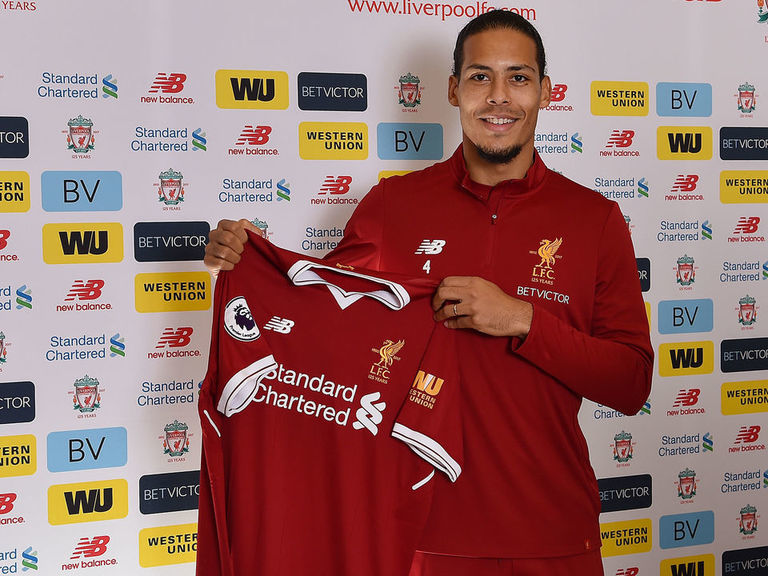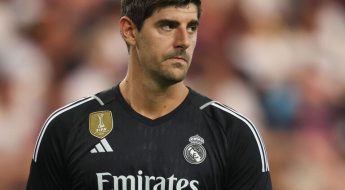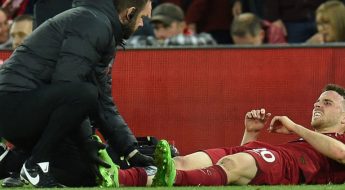Inside Europe: Navigating the pitfalls of the January transfer window

Welcome to theScore’s weekly column on European football. During the club season, Anthony Lopopolo will uncover the biggest stories in the continent’s top leagues.
World-renowned sporting director Monchi, whose low-budget discoveries inspired Sevilla to three consecutive Europa League titles, doesn’t like to do much during the January transfer window. He sees it as a time to make small adjustments, not wholesale changes.
“If you have to make four or five purchases,” he told Sky Sport Italia last season, “it means you’ve made a lot of mistakes.”
It’s tough to resist the temptation. Club executives have scouts and agents recommending players all the time, not to mention fans with an insatiable appetite for signings.
But the biggest teams in European football are done playing by everyone else’s rules.
The likes of Manchester City, Real Madrid, and Juventus don’t do much business in January, if any at all, because they recruit well enough in the summer to go the full season with the squad they have. Many of the best signings are the ones that fail to grab the headlines, either complementary pieces or young players who arrive at a later date. Think of Liverpool’s deal for Takumi Minamino, or Barcelona’s move for Frenkie de Jong, done ahead of time to beat the competition and ensure his value didn’t go any higher.
Clubs are tired of paying a premium for players who may or may not make a difference. But it takes a pretty penny to persuade these teams to sell their coveted players in January. Why else would clubs decide that now, when they may find themselves in the midst of relegation battles and title challenges, is the right time to cash in?
The solution is somewhere in between. By agreeing to sign players on loan – sometimes, even, with the promise to buy them outright at the end of the season – clubs assume less risk and still get the player they want.
Chelsea did it last year. In desperate need of a striker, the Blues took Gonzalo Higuain on loan for half a season. They avoided paying a full transfer fee and also helped Higuain’s parent club, Juventus, by covering his wages. And they were hardly alone. Nearly 80% of the deals that happened in the Premier League last January were loans.
Other ?clubs use the window to try and sign players who may have escaped them the previous summer. In January 2018, Liverpool resumed negotiations with Southampton and Virgil van Dijk months after they’d begun, and because they’d already done their due diligence, the Reds felt comfortable spending the necessary £75 million to get their man.
There are, of course, clubs that continue to overpay. But it’s not the biggest teams causing inflation. It’s clubs stuck in the relegation zone, sides consumed by fears they’ll lose their top-flight status and the revenue that comes with it. It’s football’s biggest paradox: the worst teams are often the most reckless with their money. They’ll make the riskiest bets because they have so much to lose.
Southampton and Swansea City bit hard in January 2018, signing Guido Carrillo and Andre Ayew for club-record fees. Carrillo, who had zero Premier League experience, went scoreless in seven appearances before departing; Ayew left when Swansea were inevitably sent down. They were unequivocal disasters.
Southampton had a sterling transfer record before that. Van Dijk and Sadio Mane were both signed before they became stars, and they were both sold for big money. The Saints had enjoyed the fruits of sound recruitment. But the fight to stay up – coupled with the sudden influx of cash from the Premier League’s generous television deal – led teams like Southampton to spend where they hadn’t spent before.
However, overall, something has changed. Premier League clubs spent just £180 million last January, compared to a whopping £430 million during the previous winter. Deloitte, which accounts for spending in European football, said total expenditure fell in January because of “reduced activity from the ‘big six’ clubs” and a “perceived lack of value in the transfer market.”
It may also be because the biggest and best have learned their lessons.




